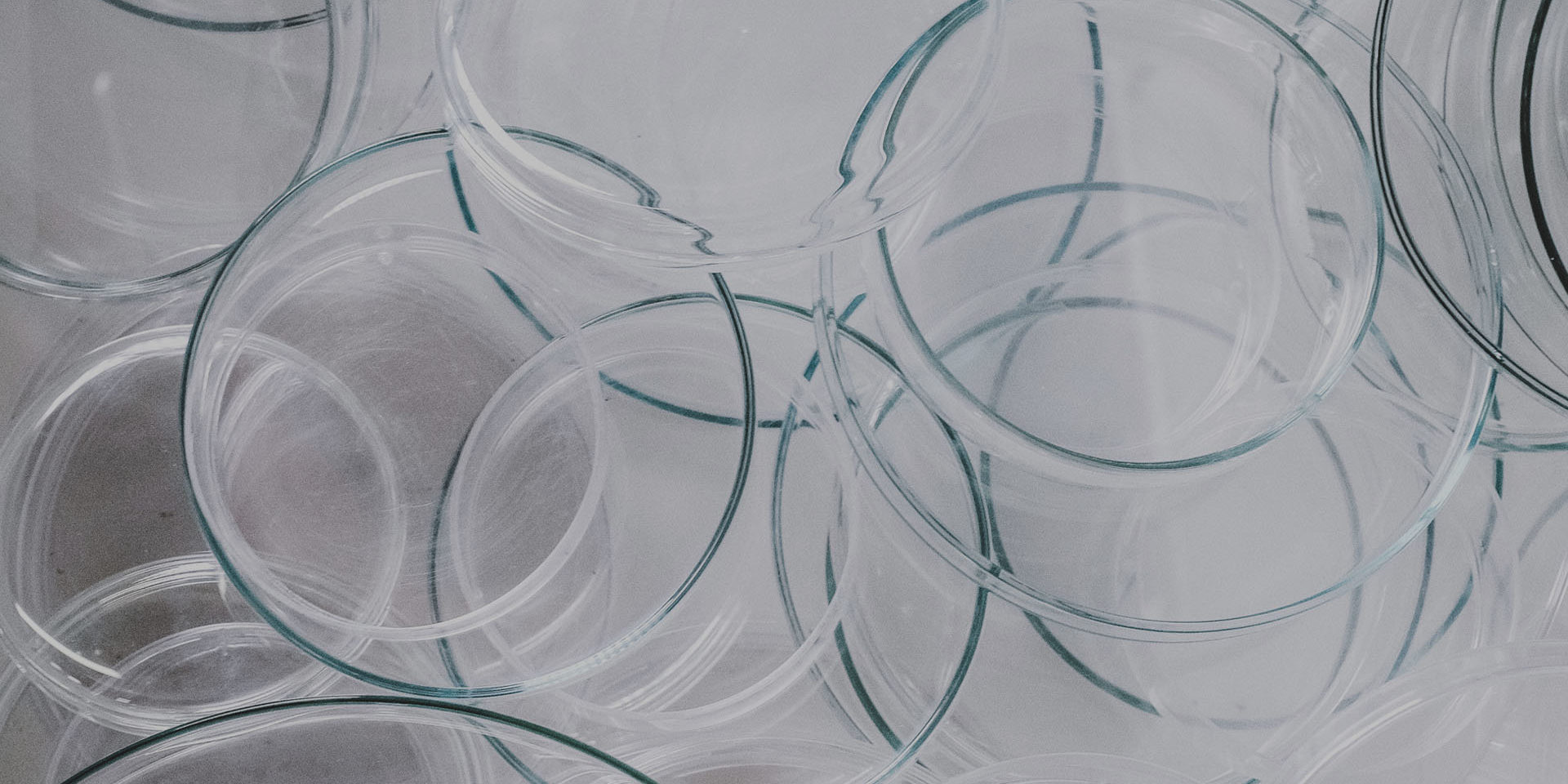Christoph Deneke
Universidade Estadual de Campinas – UNICAMP, Instituto de Física “Gleb Wataghin”, Departamento da Física Aplicada
In the last decades, nanotechnology has entered our daily life with one of the representatives being semiconductor technology in its various forms. Beside the ability to scale processes down to nanometer sizes, semiconductor technology and science is driven by the capacity to form material junctions and combinations. This idea, known as heterostructure, was created in the late 50s, after the invention of the transistor in the late 40s. It took some two decades before its realization by a major technological breakthrough – the invention of molecular beam epitaxy (MBE). By now, heterostructures and heterostructure based devices are the backbone of internet communication, mobile telephones and other advanced electronics – many grown by MBE.
In this seminar, I will introduce MBE growth as realized at the LNNano using our results on unstrained GaAs structures (MGS) as a model system. I will show how we fabricate strain-free MGS by a combination of Ga assisted deoxidation, local droplet etching and overgrowth. We create an initial template of self-assembled holes in a GaAs (001) substrate by depositing Ga on top of the substrate without As counter pressure. These holes are overgrown with different thicknesses of Al0.33Ga0.67As persevering the initial hole shape as well as hole depth and finally filled with GaAs. After hole filling, a second barrier of Al0.33Ga0.67As is deposited creating a mesoscopic GaAs structure for potential optical device applications.
Carrying out photoluminescence spectroscopy, we find good optical activity at room temperature and are able to identify single excitonic lines from the MGS at low temperature. Temperature depended photoluminescence indicates that the MGS consists out of a central dot coupled to fluctuation quantum dots formed by the elongated mount structure. The results establish this process for the fabrication of a new class strain-free of GaAs emitters. We can tune the optical properties not only by size and shape of the hole, but also by changing the AlGaAs barrier material as we demonstrate in the latest photoluminescence results.
Finally, we carry out electrical characterization of the mesoscopic GaAs structures by Kelvin probe force microscopy (KPFM). We observe a charging of the deep centers of the MGS indicating electron accumulation. Band structure and electron wave function confirm this assumption indicating a confinement of the electron wave inside the center of the structure.


